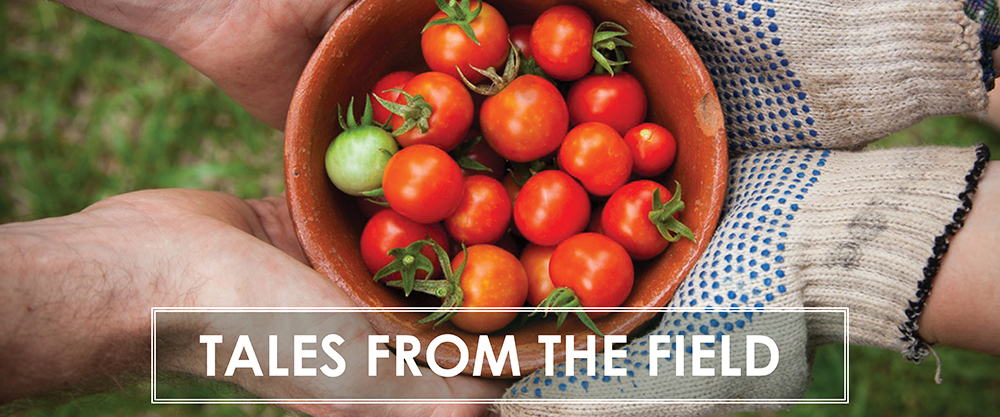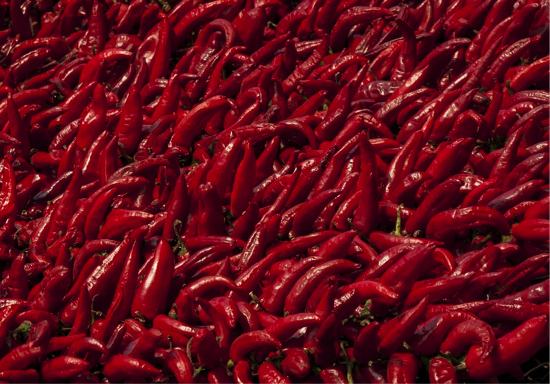By Shane McKenna
September was a relatively calm month on the farm and a welcome respite from the full blown harvest season of late summer. It was nice to finish up many of our crops for the year. The watermelons were completely finished and we were able to save seeds from the heirloom varieties we enjoyed most. The spicy peppers were still producing like crazy though and seemed to be unhindered by the last heat wave and lack of water. The way they produce is truly amazing and we are looking forward to growing them again. The most exciting thing was Katherine incorporating the farm into her classroom curriculum for the sixth grade science classes she teaches in Fairfield this year. Katherine brought in soil from the Farm on Putah Creek to teach the students about soil composition and the physical properties that make up soil. The students were thrilled to be investigating soil from a working farm. Some saying “You grew stuff in this soil?” and “I found decomposing organic matter!” Her students got their hands dirty while investigating the makeup of the soil by doing the classic hand test of soil I learned at the California Farm Academy, which consists of picking up a handful of dirt, sprinkling a few drops of water on it and rolling it in your hand. The idea is to see if the soil will form a ball or if it crumbles and breaks apart. If it forms a ball, it has a higher percentage of clay and if it crumbles it is more sand.
They also performed tests to see what percentage of sand, silt, and clay the soil has. This is done by mixing the soil with water and shaking it in a glass jar, then letting it settle over time keeping track of the layers of sediment. We of course know very well that the soil is clay by walking through the field when it is wet and walking out with twenty pounds of mud stuck to our boots, but it was fun to watch the students arrive at that same conclusion through the scientific method. This basic lesson in soil composition also showed how much water our amazing clay soil can hold compared to looser sandy soils which water runs right through. The students learned how this is an effective growing medium especially in our hot dry climate. They talked about how organic matter increases the fertility of soil, and about the key role of beneficial organisms in creating soil rich in humus. Through discussion, the students arrived at the conclusion that farmers play an important role in maintaining soil fertility through crop rotation, cover cropping, and minimal tilling. It has been a satisfying experience to farm in such a beautiful place with such an amazing group of people this year. We are happy that we were able to bring our farm into Katherine’s classroom and share our first hand knowledge with her students. We look forward to continuing this work in the future.
***This post is part of our series of “Tales from the Specialty Crop Ambassadors” – blog posts written by farmers working with the Center for Land-Based Learning in Winters, CA. The Specialty Crop Ambassadors are spearheading projects that support consumption, education, and access to California specialty crops.***

